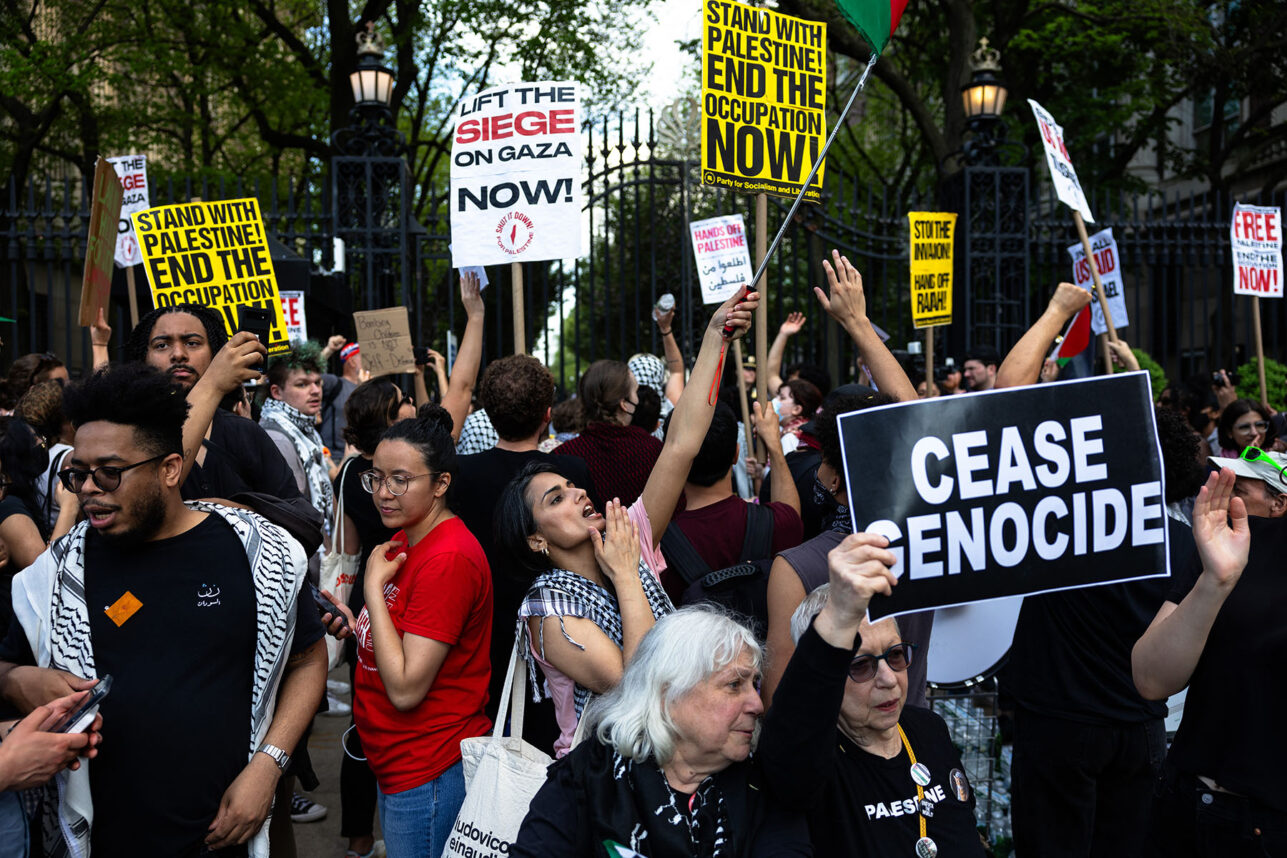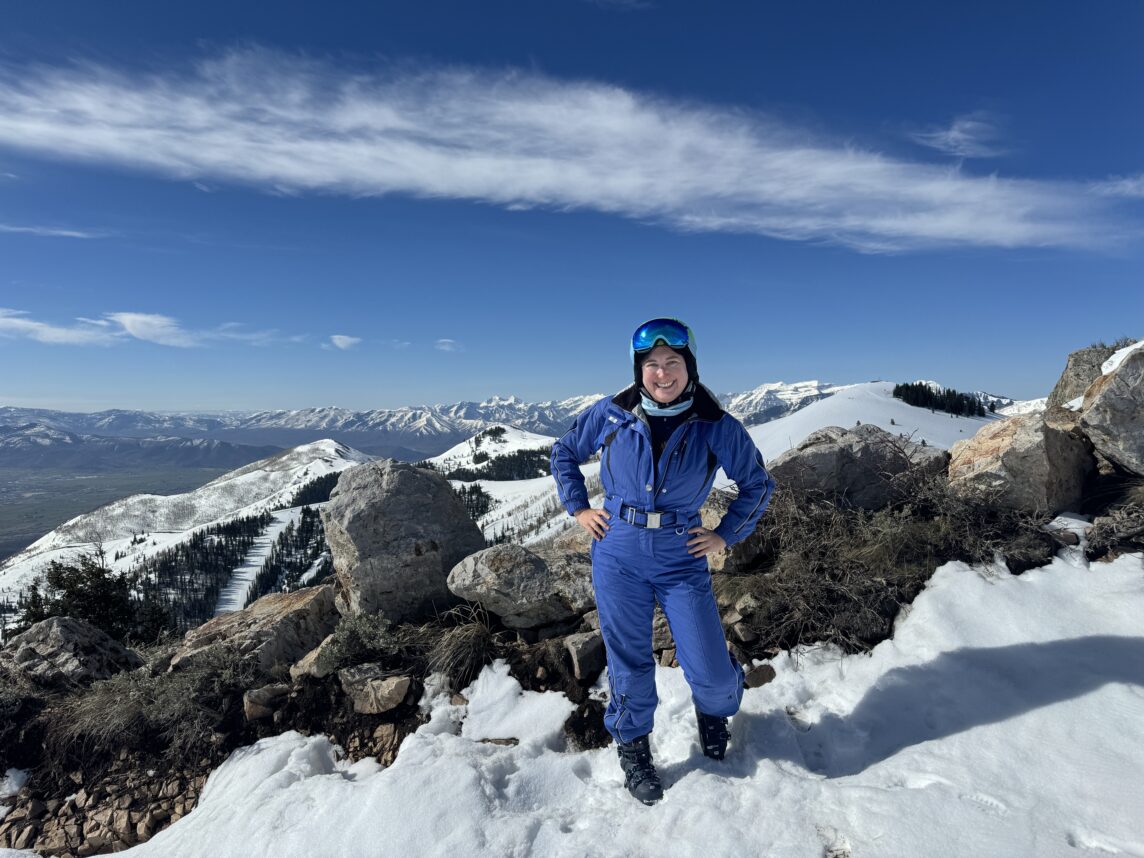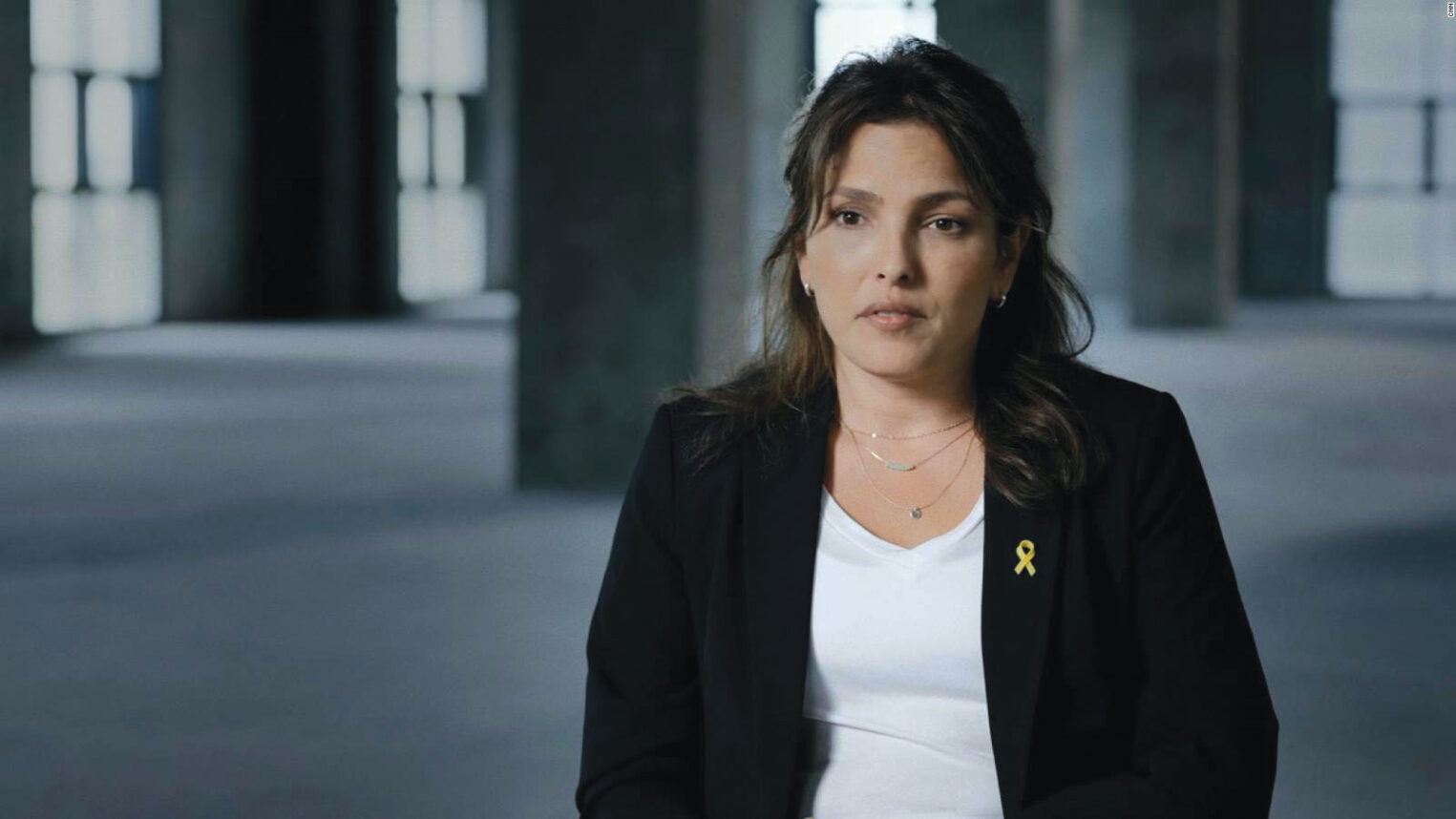Let me the set the scene for you: It’s the final hours of Moses’ life and after five epical books, it’s time to wrap it up; make the quintessential points that will capture the essence and function of the entire Torah. How does Moses do this? With this week’s Torah portion of Haazinu, otherwise known as "Shiras Haazinu." In the Torah scroll, this portion is scribed in lyrical/poetic form, rather than prose.
Although the term shira, song, here refers specifically to the portion of Haazinu, the Talmud tells us that the entire Torah is also essentially a shira. All of Torah can be compared to a song. Why is this? What is it about music?
If I were to visit a lecture hall at UCLA where some professor was lecturing on a complex theme of physics, there isn’t very much he’d say that I’d understand beyond "good morning." Knowing little about the subject, I’d probably find the experience terribly boring and completely meaningless; a total waste of time. Now my older brother, on the other hand, who majored in physics, would take to it like a fish to water. He’d be involved and intrigued.
When we talk about music, on the other hand, music is a different story. Years ago, another older brother of mine once took a course in classical music. As I observed him listening to these various pieces by Beethoven, Mozart and Bach, it was apparent that he was perceiving certain aspects and dimensions within those pieces and movements way beyond anything I was hearing: the pitch, the cadence, the tempo, the integration of instruments.
One day, this brother gave me a gift — a cassette featuring the Israeli Philharmonic playing some of Mozart’s most brilliant concertos. I found the music to be absolutely mesmerizing and played it nonstop. True, I didn’t hear the complex shades and tones, rhythms and harmonies that he did, but I thoroughly appreciated and enjoyed the experience nonetheless. I had little or no understanding of the finer details of musical structure; I still don’t. I wouldn’t know a D-minor from an E-major if it were blasting in my ears through an iPod. I can’t read notes and I can’t play an instrument — although I often wish I could — but I do love listening to good music. While I don’t perceive what the connoisseurs do within musical selections, I can still sing and dance to them with gusto. Indeed, the very same song can mean different things to different people.
In this regard, Torah is much like a shira — a musical masterpiece. To a Torah scholar, every single word contains so many different layers, so many revealed and concealed meanings. Yet, even the less learned can enjoy the beauty and profundity of Torah — on his/her own particular level. The talmudist in the seminary studies the very same passage in Genesis that a 6-year-old studies in first grade. They’re not discovering conflicting or even differing ideas, just different depths of the same idea. That’s the Divine beauty and genius of the Torah’s music. We can all partake with equal gusto, regardless of our level of comprehension.
Another thing about shira is that it arouses passion — an essential ingredient in our service of God. You can stand before the Almighty on the High Holidays and read the words "Avinu Malkeinu — Our Father, Our King, we have no King but You." You can understand and accept it intellectually. Or, you can also sing those very same words to a stirring tune where you not only comprehend it, but you feel it to the core of your soul. You feel the reality of having no king but the Almighty — of worshipping nobody and nothing but Him. The right melody can do that.
Judaism is supposed to be lived and celebrated with joy, passion and enthusiasm. Indeed, among the many great contributions the Baal Shem Tov and the Chasidic movement made to Jewish life, was to enable our people to rediscover these most essential components of Torah observance.
The Prophet Isaiah said: "Let all who are thirsty, go for water," which our sages interpret to mean that whosoever thirsts for truth should drink of the sustaining waters of Torah. Our sages do not choose their metaphors lightly. Quenching one’s thirst is an exercise in refreshment and invigoration. Such must be our pursuit of Torah. Study it with your mind, celebrate it with your heart and internalize it within your soul.
After teaching five exhaustive books and conveying countless volumes of instruction and information, Moses concludes it all with shira so as to underscore that Torah is the birthright and inheritance of every Jew — regardless of level — and that its observance ought to be infused with feeling and passion. It is the music of our lives, the poetry of our aspirations.
Shana Tovah. Chag Sameach!






















 More news and opinions than at a Shabbat dinner, right in your inbox.
More news and opinions than at a Shabbat dinner, right in your inbox.